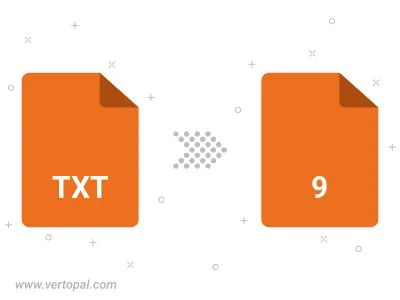Convert TXT MARKDOWN to 9 (Man Page)
Convert TXT MARKDOWN markup documents to 9 (Man Page) format, edit and optimize documents online and free.

Markdown Documentation files, often stored with a TXT extension, are utilized for writing plain-text formatted documents that are easy to read and convert to HTML. Originating in 2004 by John Gruber and Aaron Swartz, Markdown's intent was to create a simple syntax for writing web-based documents. It is widely adopted in software development, documentation, and content management systems due to its readability and ease of use. These files facilitate collaborative work and version control, making them indispensable in modern IT workflows.
The 9 file extension refers to Section 9 of the Unix manual pages, specifically covering Kernel Routines. These manual pages provide detailed information on kernel APIs, internal structures, and other essential aspects of kernel development. Developed by Dennis Ritchie and Ken Thompson at AT&T Bell Laboratories in 1971, Section 9 is crucial for kernel developers but is not universally available due to its specialized nature.
Drag & drop any TXT MARKDOWN file from your device or click the Choose File button to proceed.
For advanced customized conversion, use TXT MARKDOWN to 9 (Man Page) tools and click Convert.
Wait for the converter to finish and download your 9 (Man Page) document.

To change TXT MARKDOWN format to 9, upload your TXT MARKDOWN file to proceed to the preview page. Use any available tools if you want to edit and manipulate your TXT MARKDOWN file. Click on the convert button and wait for the convert to complete. Download the converted 9 file afterward.
Follow steps below if you have installed Vertopal CLI on your macOS system.
cd to TXT MARKDOWN file location or include path to your input file.Follow steps below if you have installed Vertopal CLI on your Windows system.
cd to TXT MARKDOWN file location or include path to your input file.Follow steps below if you have installed Vertopal CLI on your Linux system.
cd to TXT MARKDOWN file location or include path to your input file.